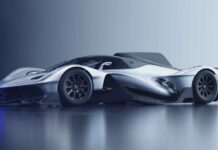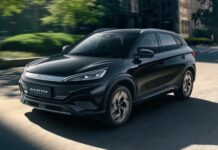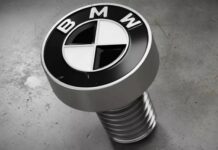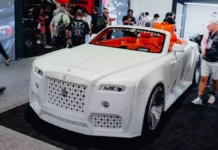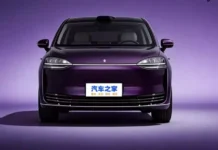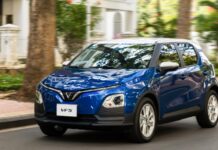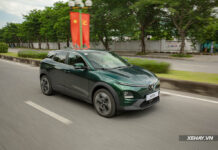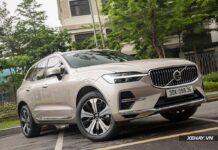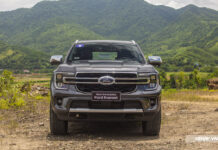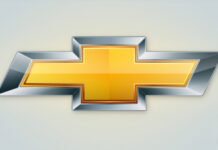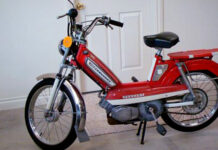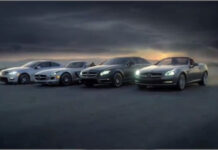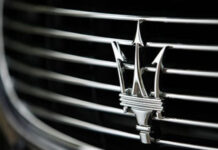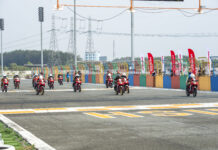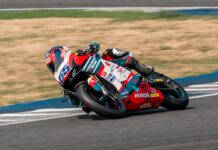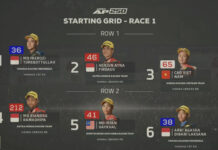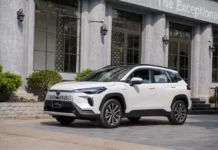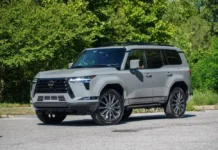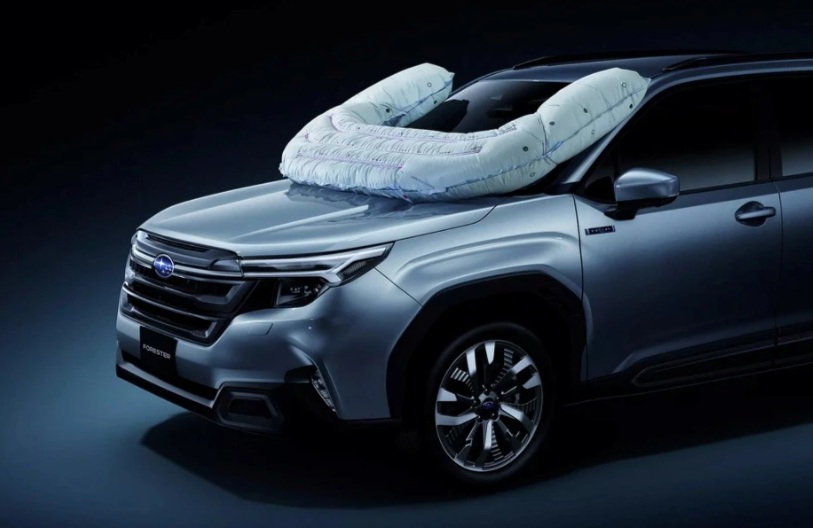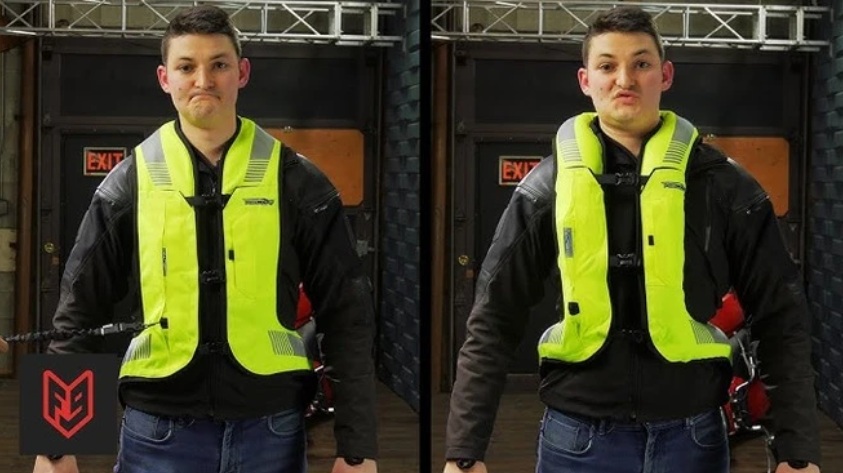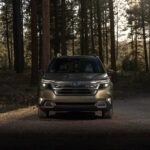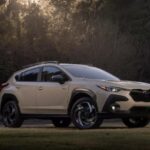Subaru has announced that it will be equipping its popular SUV, the Forester, with next-generation external airbags in its upcoming update, specifically designed to enhance the safety of cyclists – a vulnerable group in automotive collision scenarios.
This evolution of external airbag technology, first introduced by Subaru in 2016, has primarily been designed to protect pedestrians over the last decade and has been featured on several models, including the Impreza, WRX, Legacy, Crosstrek, and Levorg.
Subaru’s first-generation external airbags deploy near the top of the hood upon impact, creating a softer contact area to minimize head injuries for pedestrians. However, this design is not optimal for cyclists, who are seated higher and often collide with areas like the windshield or A-pillars.
To address this limitation, Subaru has completely redesigned the external airbag system. The new airbags will extend to both sides, covering a significant portion of the windshield edges, especially the A-pillars, which are considered among the hardest and most dangerous parts of a vehicle in a collision.
Additionally, Subaru has optimized the upper and lower fixation points of the airbags to ensure the highest level of protection for both cyclists and pedestrians in complex traffic situations.
While there have been personal airbag devices for cyclists, such as the Helite B’Safe vest, their high cost (up to several hundred dollars) and the requirement for active wearing have hindered their widespread adoption. The vest’s bulkiness and inconvenience for daily use have also been significant barriers for consumers.
Subaru’s proactive effort to integrate protection directly into the vehicle has been well-received by experts. This move not only showcases a forward-thinking design approach that prioritizes community safety but also opens up new avenues for passive safety technology development in the automotive industry.
Despite being hailed as a breakthrough, Subaru has not yet confirmed whether the cyclist-focused external airbag system will be featured on Forester models sold outside of Japan, including the US and European markets. The Japanese automaker has not provided an official response regarding the expansion plans for this technology.
TH (Tuoitrethudo)

